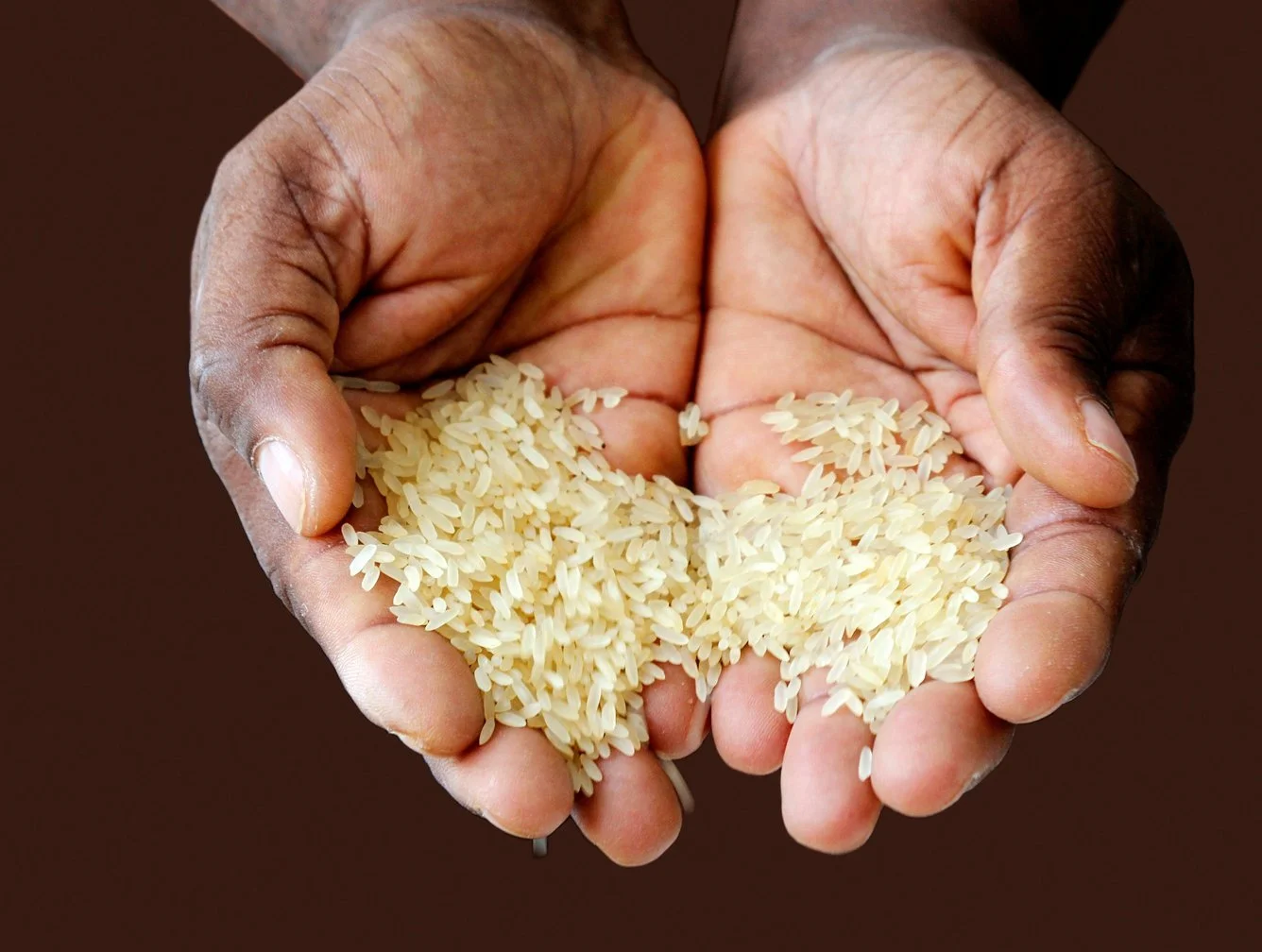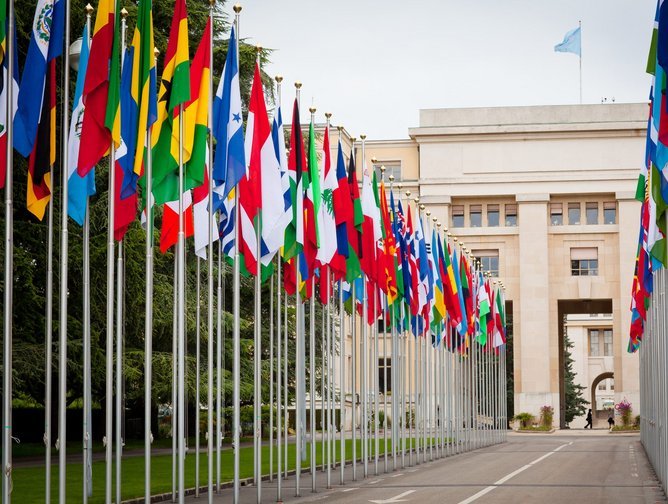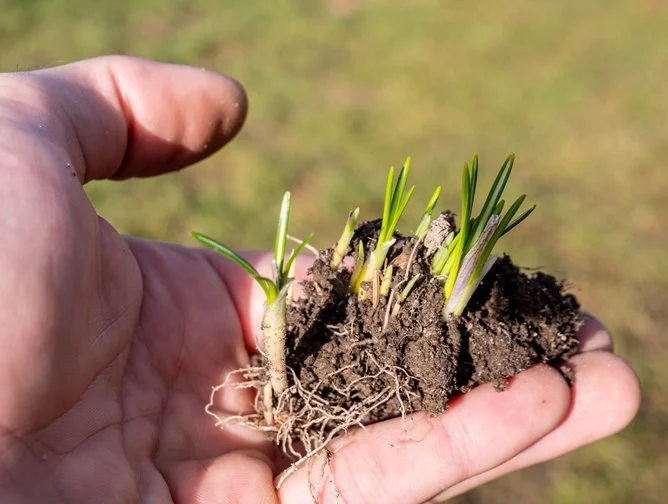Blaise Hope
After showing hopeful results during the Millennium Development Goals, the UN’s Zero Hunger Sustainable Development Goal is threatened by undernourishment
After the huge success of the Millennium Development Goals (MDGs) the United Nations laid out a new set of targets for 2030 - the Sustainable Development Goals (SDGs).
The UN's SDG for Zero Hunger is measured by the prevalence of undernourishment, meaning a condition where "a person is unable to acquire enough food to meet daily minimum dietary energy requirements for one year".
Based on this definition, the UN detected a rise in the undernourished population starting from 2015 after decades of steady decline. This increase emerged right after the Millennium Development Goals (MDG) period ended.
The MDGs combined an aim to eradicate extreme poverty and hunger as one goal. The SDGs split them into two. As of today, approximately 381 million of the world's undernourished are still found in Asia, while more than 250 million live in Africa. Despite the lower number, Africa has seen the fastest growth of anywhere in the world.
SDG Zero Hunger goal could go the other way by 2030
According to the Food and Agriculture Organization's (FAO) latest estimation, nearly 690 million people, or 8.9% of the world’s population, is hungry. This figure shows a jump of nearly 60 million in just five years, suggesting the world may very well be on track to miss its 2030 targets.
At that rate 2030 would see over 840 million people suffering from undernourishment, and 2 billion by 2050.
The World Food Programme's (WFP) 2020 Global Report said at least 135 million people suffer from acute hunger due to man-made conflicts, climate change and economic downturns. It was clear then, too, that the Covid-19 pandemic would exacerbate the situation, with more than a quarter of a billion people potentially at the brink of starvation.
The Hunger Hotspots Report from the WFP and FAO recently revealed food insecurity is still soaring across 20 countries and regions, with Ethiopia, Nigeria, South Sudan and Yemen the worst-affected.
What steps need to happen to save the Zero Hunger SDG goal?
The FAO urges countries to meet the immediate food needs of their vulnerable populations by boosting social protection programmes, keeping the global food trade going, keeping the domestic supply chain gears moving, and supporting smallholder farmers' ability to increase food production.
The plan is to double the agricultural productivity and incomes of small-scale food producers by 2030. By committing to sustainable food production systems and resilient agricultural practices, farmers can increase productivity and production, while also maintaining ecosystems, and the resilience to adapt to climate change, extreme weather, drought, flooding, and other disasters.
The Zero Hunger Challenge was launched by then-UN Secretary-General Ban Ki-moon in 2012 to reflect five elements from within the SDGs. Done together, especially if integrated into nationally-led SDG implementation strategies, the challenge is hoped to end hunger, eliminate all forms of malnutrition, and build inclusive and sustainable food systems. These five elements are:
All food systems are sustainable: from production to consumption,
An end to rural poverty: double small-scale producer incomes & productivity,
Adapt all food systems to eliminate loss or waste of food,
Access adequate food and healthy diets for all people, all year round,
An end to malnutrition in all its forms.
How can companies help achieve the 2030 Zero Hunger SDG?
The Zero Hunger's Private Sector Pledge is a UN initiative from its Food Systems Summit. Partners include the FAO, the Global Alliance for Improved Nutrition (GAIN), Grow Africa, Grow Asia, the International Institute for Sustainable Development (IISD), the World Benchmarking Alliance, the World Business Council for Sustainable Development(WBCSD) and the WFP.
The programme, launched in September 2021, initially attracted 43 companies, including Ajinomoto, PepsiCo, Rabobank, and Unilever. It provides an opportunity for companies and investment funds to align their investments with new commitments to end hunger by 2030. It is centred on new evidence from Ceres2030, the Programme of Accompanying Research for Agricultural Innovation (PARI) 2020, and the State of Food Insecurity in the World (SOFI) 2021. More companies are expected to follow suit without necessarily joining the pledge.
On top of increasing investment through enhanced international cooperation in rural infrastructure, agricultural research and extension services, technology development, and plant and livestock gene banks, the UN also suggests companies correct and prevent trade restriction, distortions and manipulation of global agricultural markets.



